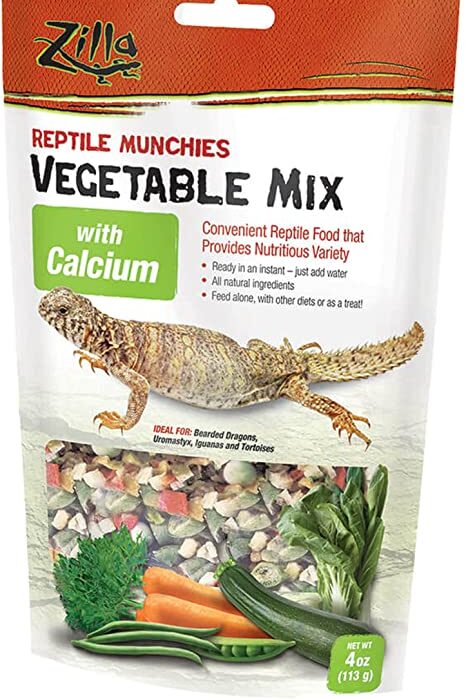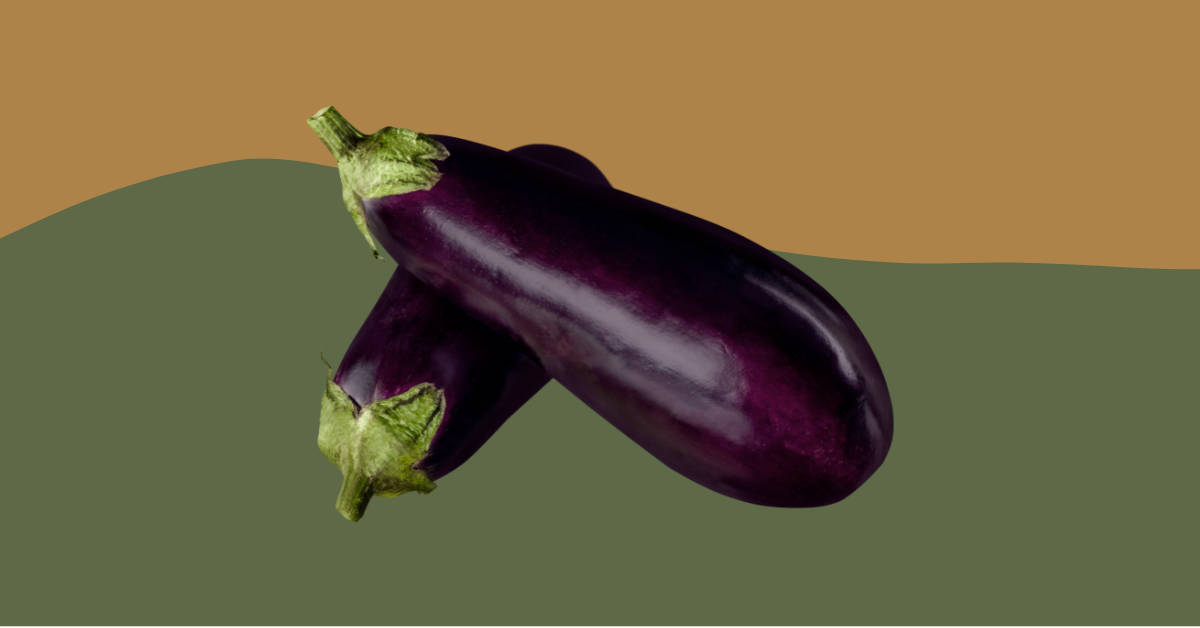Yes, bearded dragons can eat plums in moderation, with a portion size of one small plum or a few small slices.
Table of contents
A key part of keeping them healthy is providing a balanced and varied diet. While they primarily eat insects and vegetables, fruits can be a nutritious treat. This article will provide the do’s and don’ts. Learn about bearded dragon care, a step-by-step preparation guide, and find answers to frequently asked questions.
Related Article: Bearded Dragon Care: Expert Tips and Insights
Do’s
- Wash the plums thoroughly before feeding them to your bearded dragon to remove any pesticide residue or dirt.
- Remove the pit as it can pose a choking hazard or cause digestive issues.
- Slice the plums into small pieces to make them easier for your bearded dragon to eat and digest.
- Offer plums in moderation as part of a balanced diet, providing other fruits, vegetables, and insects.
- Monitor your bearded dragon’s reaction to plums and discontinue feeding if any adverse effects are observed.
Don’ts
- Don’t feed your bearded dragon plums daily, as they are high in sugar and can lead to obesity and health issues.
- Don’t feed canned or processed plums as they often contain added sugars and preservatives that are harmful to bearded dragons.
- Don’t mix plums with other high-oxalate foods like spinach or beet greens, as this can cause calcium deficiency.
Best Practices for Feeding Plums to Bearded Dragons
Following best practices when feeding your bearded dragon will ensure their safety and overall health. Here are some best practices to keep in mind:
- Dietary Diversity: A diverse diet is essential for bearded dragons. Offering a variety of fruits, vegetables, and insects ensures they receive all the necessary nutrients. Plums should be part of a rotation of fruits to maintain this diversity.
- Calcium and Phosphorus Balance: Bearded dragons need a proper balance of calcium and phosphorus in their diet. Plums, like many fruits, are relatively high in phosphorus, so ensure you provide adequate calcium through other foods, like dark leafy greens, or supplements to maintain the balance.
- Observation: Always keep a close eye on your bearded dragon after introducing a new food. Watch for signs of discomfort, changes in eating habits, or alterations in stool consistency. If they experience any issues like diarrhea or lethargy, remove the food from their diet and consult a veterinarian.
- Moderation: While plums can be a nutritious treat, they are high in sugar and should be fed in moderation to prevent obesity and related health issues. Offer plums no more than once or twice a week as part of a balanced diet.
- Safe Preparation: Always thoroughly wash plums to remove any pesticide residue or dirt. Remove the pit to prevent choking or intestinal blockage. Cut the plum into small, manageable pieces suitable for your bearded dragon’s size.
- Avoid Processed Plums: Don’t feed your bearded dragon canned or processed plums, as they often contain added sugars and preservatives that are harmful to bearded dragons.
- Hydration: While fruits like plums can contribute to your bearded dragon’s hydration due to their high water content, they should not replace fresh water. Always provide a fresh supply of water for your pet.
- Veterinary Consultation: If you’re introducing plums or any new food to your bearded dragon’s diet for the first time, it’s a good idea to consult with a veterinarian. They can provide personalized advice based on your pet’s health and nutritional needs.
Related Article: Bearded Dragon Feeding Guide: Nutrition Tips
Step-by-Step Guide to Preparing Plums for Your Bearded Dragon
Step 1
Choose a ripe plum that is firm to the touch, without any blemishes or signs of rot.
Step 2
Wash the plum thoroughly under running water to remove any pesticides, dirt, or contaminants.
Step 3
Remove the pit from the plum and discard it.
Step 4
Cut the plum into small, manageable pieces suitable for your bearded dragon’s size.
Step 5
Place the plum slices in a shallow dish and offer it to your bearded dragon as a treat.
Need Recommendations?
Here’s Our Top Amazon Picks
You may also like 📖
Frequently Asked Questions
Can bearded dragons eat the plum skin?
Yes, bearded dragons can eat the skin, but make sure to wash the plum thoroughly before feeding to remove any pesticides or contaminants.
How often should I feed plums to my bearded dragon?
Plums should be fed occasionally as a treat, no more than once or twice a week, to avoid excessive sugar intake and maintain a balanced diet.
What other fruits can I feed my bearded dragon?
Bearded dragons can enjoy a variety of fruits, such as blueberries, raspberries, strawberries, kiwi, mango, and papaya. Always introduce new fruits gradually and monitor your pet for any adverse reactions.
Do bearded dragons need supplements in addition to fruits and vegetables?
Yes, bearded dragons require calcium and vitamin D3 supplements to maintain proper health. Consult your veterinarian for specific recommendations based on your pet’s needs.
What are the signs that my bearded dragon is not tolerating plums well?
Symptoms of an adverse reaction to plums may include diarrhea, lethargy, loss of appetite, or signs of discomfort. If you notice any of these symptoms, discontinue feeding plums and consult your veterinarian.
Conclusion and final thoughts 💭
Feeding plums to your bearded dragon can be a nutritious and enjoyable treat when offered in moderation. By following the do’s and don’ts, best practices, and preparation guide provided in this article, you can ensure that your bearded dragon benefits from this occasional fruity addition to their diet.
Always monitor your pet’s health and well-being, and consult a veterinarian if you have concerns or questions about their diet. By providing a balanced and varied diet, you can support the overall health and happiness of your bearded dragon.
Looking for more? Here’s our roadmap:
General Bearded Dragon Pet Owners Guide
Bearded dragons are native to the arid regions of Australia and are known for their unique beard-like appearance. As pets, they have become increasingly popular due to their friendly and inquisitive nature, making them an ideal choice for reptile enthusiasts. Bearded dragons are diurnal, meaning they are active during the day, and their average lifespan ranges from 8 to 12 years, with proper care. When considering adopting a bearded dragon, it’s essential to be prepared for a long-term commitment and be well-informed about their care requirements.
One of the most crucial aspects of bearded dragon care is providing an appropriate enclosure. Adult bearded dragons thrive best in a 20 to 50-gallon tank, but a larger enclosure is always better. It’s important to always keep the tank clean. The tank should have a basking area with a temperature range of 95-110 degrees Fahrenheit, as well as a cooler area with a temperature between 75-85 degrees Fahrenheit. In addition, bearded dragons need access to UVB lighting to help them synthesize vitamin D3 and properly metabolize calcium, which is vital for their bone health.
A balanced diet is essential for a healthy bearded dragon. Their dietary requirements change throughout their life stages; juvenile bearded dragons need a higher protein intake, with insects making up around 80% of their diet and the remaining 20% consisting of vegetables and fruits. As they grow into adults, their diet should consist of approximately 20% insects and 80% vegetables and fruits. It’s important to offer a variety of food items to ensure they receive all the necessary nutrients, and to dust their food with calcium and multivitamin supplements as recommended by a reptile specialist or veterinarian.
Regular interaction and observation of your bearded dragon are vital for maintaining their well-being. Handling your pet gently and frequently can help build trust and strengthen your bond. Monitor your bearded dragon’s behavior, appetite, and overall health to detect any potential issues early on. If you notice any signs of illness, such as lethargy, loss of appetite, or irregular bowel movements, consult a reptile specialist or veterinarian for guidance. Proper care, feeding, and attention will ensure your bearded dragon remains a happy and healthy companion for years to come.







Leave a Reply